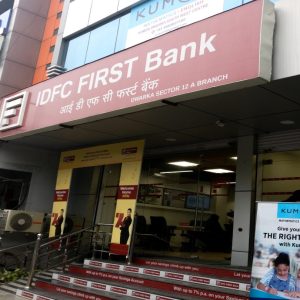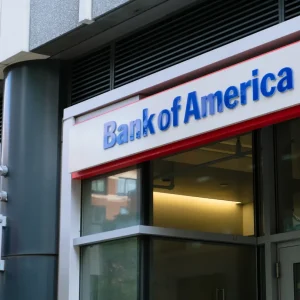With SWIFT gpi, customers stand to receive end-to-end confirmation of their payments over the entire transaction life cycle. This enables them to manage their cash better and offers benefits such as faster, same day use of funds with increased visibility over transaction statuses and costs.
Anurag Bajaj, Global Head of Correspondent Banking & Regional Head of Transaction Banking for the Americas, Standard Chartered, said “SWIFT gpi significantly increases our client value proposition for payments given the improved traceability, transparency and speed. As an established leader in global payments innovation Standard Chartered has been a founder member in SWIFT gpi which is fast becoming the gold standard for international payments.”
SWIFT gpi significantly increases our client value proposition for payments given the improved traceability, transparency and speed. As an established leader in global payments innovation Standard Chartered has been a founder member in SWIFT gpi which is fast becoming the gold standard for international payments.
Anurag Bajaj, Global Head of Correspondent Banking & Regional Head of Transaction Banking for the Americas, Standard Chartered
“Standard Chartered has been a key contributor to the gpi initiative from the very start. Early this year, they were also one of the very first adopters in Asia when the gpi service went live. With USD being the prime currency used in cross-border payments, we are delighted to see that Standard Chartered has now also extended its gpi capabilities beyond the Asian market and are offering the gpi benefits to corporates and financial institutions in the US market”, said Wim Raymaekers, Head of Banking Markets and SWIFT gpi.
SWIFT gpi is an industry wide collaboration between SWIFT and leading banks in the world to drive innovation in cross-border payments. In the past, customers have struggled to track cross-border payments as the traditional correspondent banking rails had limited tracking capabilities, lacked transparency and could require two to three days before funds were credited on the beneficiary’s account.






